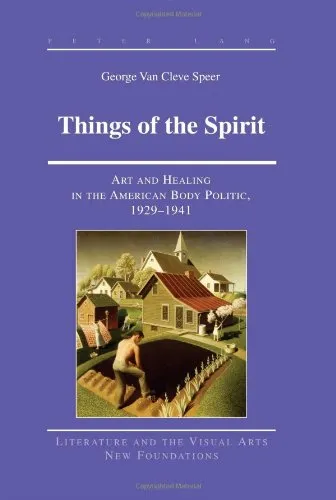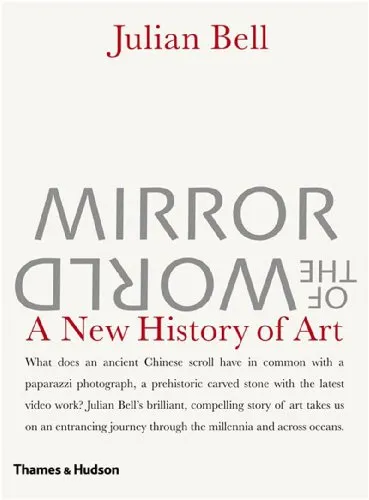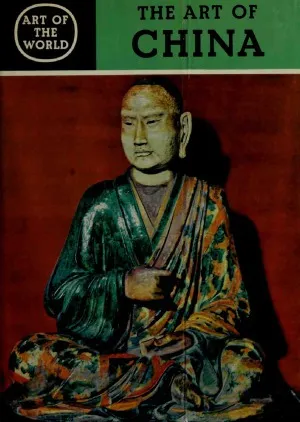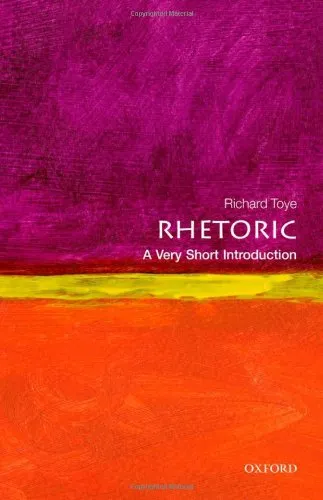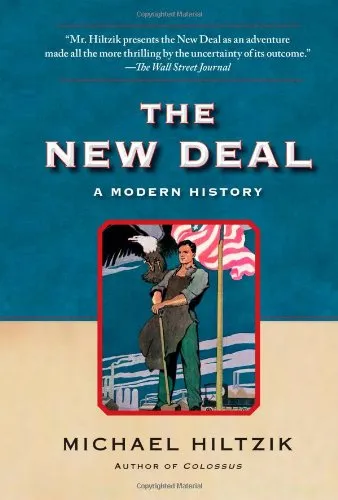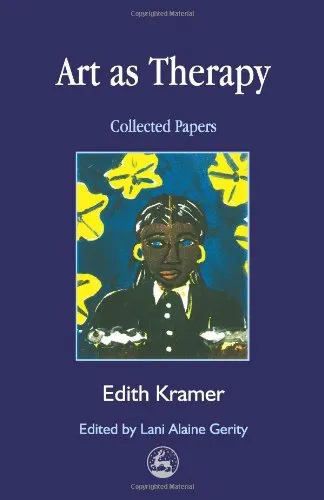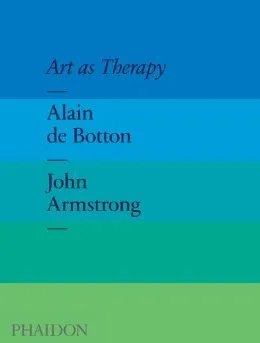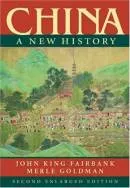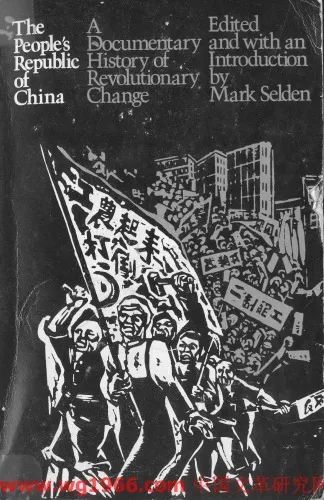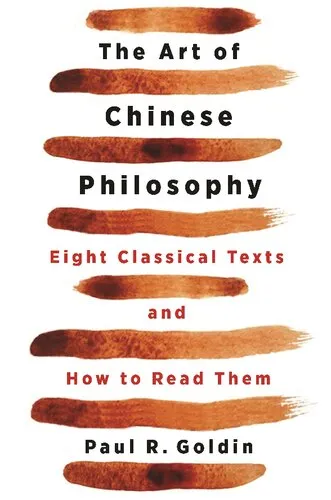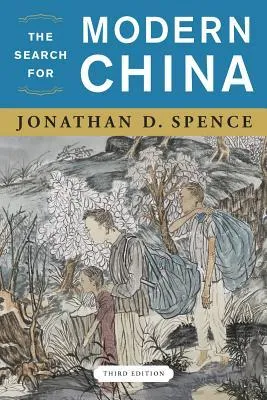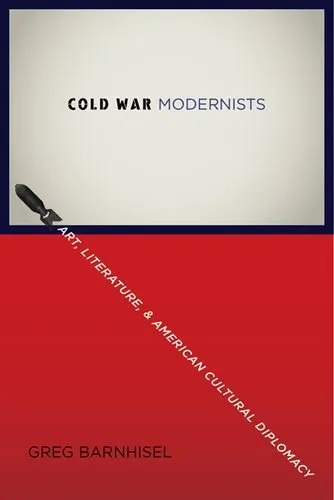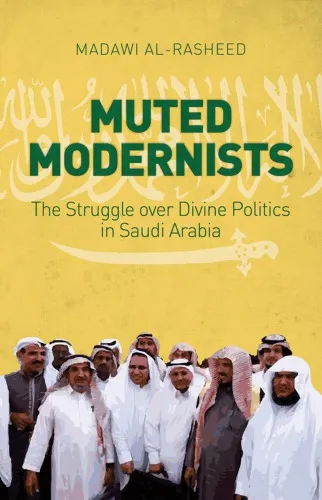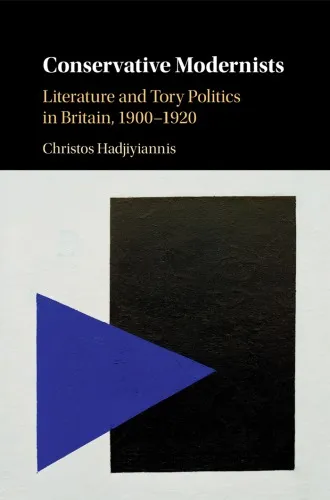Things of the Spirit: Art and Healing in the American Body Politic, 1929-1941
4.7
Reviews from our users

You Can Ask your questions from this book's AI after Login
Each download or ask from book AI costs 2 points. To earn more free points, please visit the Points Guide Page and complete some valuable actions.Related Refrences:
Introduction to "Things of the Spirit: Art and Healing in the American Body Politic, 1929-1941"
"Things of the Spirit: Art and Healing in the American Body Politic, 1929-1941" delves into a critical period in American history, examining how art served as a form of healing and a beacon of hope during times of economic and social upheaval. This book is an exploration of the intersection between art, politics, and society, focusing on the role art played in shaping the collective American consciousness during the Great Depression and the prelude to World War II.
Detailed Summary of the Book
The book is structured to guide the reader through the intricacies of the American socio-political landscape from 1929 to 1941, a period marked by significant transformation and distress. Divided into thematic sections, the narrative begins with the Wall Street Crash of 1929, which ushered in a decade of economic depression and societal challenges. Amidst this turbulence, art emerged as a transformative force that not only reflected the anxieties of the era but also offered therapeutic possibilities and insight into the American psyche.
George Van Cleve Speer meticulously analyzes various art forms, including visual art, theater, literature, and music, highlighting iconic works and figures that shaped public discourse and morale. The book emphasizes the role of New Deal arts programs, such as the Works Progress Administration, in providing employment to artists and fostering a sense of community and resilience. The narrative also sheds light on how art became a platform for marginalized voices, including women and minority artists, allowing them to contribute to the national dialogue.
Key Takeaways
- Art as a Reflective Force: Understand how art mirrored the economic and social challenges of the Great Depression.
- Healing Through Creativity: Explore how artistic endeavors contributed to psychological and emotional healing for both creators and audiences.
- Political and Social Impacts: Gain insight into how art influenced policy and societal change, particularly through government-sponsored programs.
- Inclusivity and Representation: Recognize the importance of diverse voices and how they were given prominence through the arts in this era.
Famous Quotes from the Book
"Art, in its many forms, became the silent, steady companion of a nation in distress, providing solace where there seemed to be none."
"The canvas became a battleground, where the struggles and victories of everyday Americans were painted with bold, unflinching strokes."
Why This Book Matters
In understanding why "Things of the Spirit" holds importance, it is crucial to recognize its contributions to both historical and contemporary dialogues about art and society. This book not only enriches our understanding of the power of art in times of crisis but also serves as a reminder of the unifying potential of creativity and imagination.
Speer’s work underscores the notion that art is not merely a reflection of life but an influential force capable of shaping and healing the body politic. Especially relevant in today's context of global challenges, this book invites readers to draw parallels between past and present, encouraging a renewed appreciation for the arts.
"Things of the Spirit" is more than just a historical account; it is a testament to the enduring spirit of creativity and its vital role in societal rejuvenation.
Free Direct Download
You Can Download this book after Login
Accessing books through legal platforms and public libraries not only supports the rights of authors and publishers but also contributes to the sustainability of reading culture. Before downloading, please take a moment to consider these options.
Find this book on other platforms:
WorldCat helps you find books in libraries worldwide.
See ratings, reviews, and discussions on Goodreads.
Find and buy rare or used books on AbeBooks.
1330
بازدید4.7
امتیاز0
نظر98%
رضایتReviews:
4.7
Based on 0 users review
Questions & Answers
Ask questions about this book or help others by answering
No questions yet. Be the first to ask!
